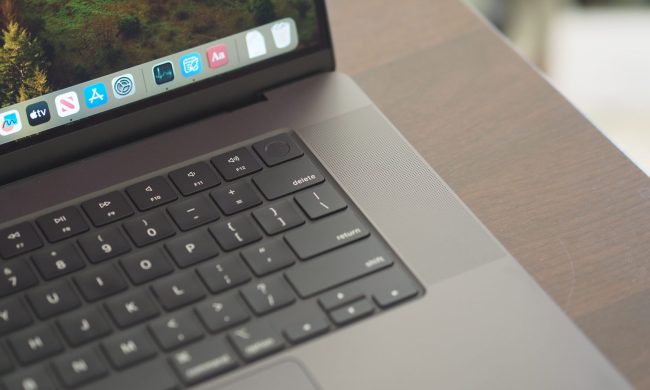Gmail is probably the biggest email delivery system on the planet. That may be due to Android, Google’s search engine dominance, word of mouth, and a commitment to bring you the best experience possible, which includes having the ability to schedule emails.
Google introduced this feature in Gmail during 2019 as part of the platform’s 15th anniversary. You can write an email at any time and then schedule its delivery so you’re not sending work-related messages during the off hours. It mainly targets professionals, but there’s no reason why Gmail’s general audience can’t schedule an apology letter to arrive the following morning.
In this guide, we cover scheduling emails using the web-based client followed by the Gmail app for mobile. Note that if you use Gmail in a web browser for mobile, you will not see an option to schedule your message. For now, at least, you’ll need to fall back to the dedicated app.
Web browser (PC)
For this example, we load Gmail in Chrome given Google nags us when we open the web client in any other browser. Again, there doesn’t appear to be any means to schedule an email using Gmail in a mobile browser — you’ll need the mobile app for that function.
Step 1: With Gmail open, click the Compose button located in the upper left corner.

Step 2: The New Message window appears on screen. Compose your message as usual.
Step 3: When you’re done, do not click the Send button. Click the down arrow within the button instead, as shown below.

Step 4: Click the resulting Schedule send popup.
Step 5: Another popup window appears on your screen. Here you’ll see three preset delivery schedule options: Tomorrow morning, Tomorrow afternoon, or Monday morning. Select an option and Gmail will schedule the delivery. All done.
If you need a different delivery date and time, click the Pick date & time option and move on to the next step.

Step 6: Select a month and day using the on-screen calendar. You can also manually enter a specific time.
Step 7: When complete, click the blue Schedule send button.

Mobile
For this portion, we use an iPad Pro to demonstrate given its bigger screen real estate. Plus, we can’t get enough of the new Dark theme — it’s so much easier on the eyes!
Step 1: With the Gmail app open, tap the colorful circular “plus” button located toward the bottom. On phones, you should see it in the bottom right corner. It’s more to the left on tablets.

Step 2: The New Message window appears on the screen. Compose your message as usual.
Step 3: When you’re done, do not tap the blue airplane button. Tap the three-dot ellipsis button instead.
Step 4: Tap the Schedule send option listed on the pop-up menu.

Step 5: A popup window appears on your screen. Here you’ll see three preset options: Schedule delivery for Tomorrow morning, Tomorrow afternoon, or on Monday morning. Select an option and Gmail will schedule the delivery. All done.
If you need a different delivery date and time, tap the Pick date & time option and move on to the next step.

Step 6: Select the month, day, and time you want to schedule your message.
Step 7: When complete, tap Save and Gmail automatically schedules your email. All done.



